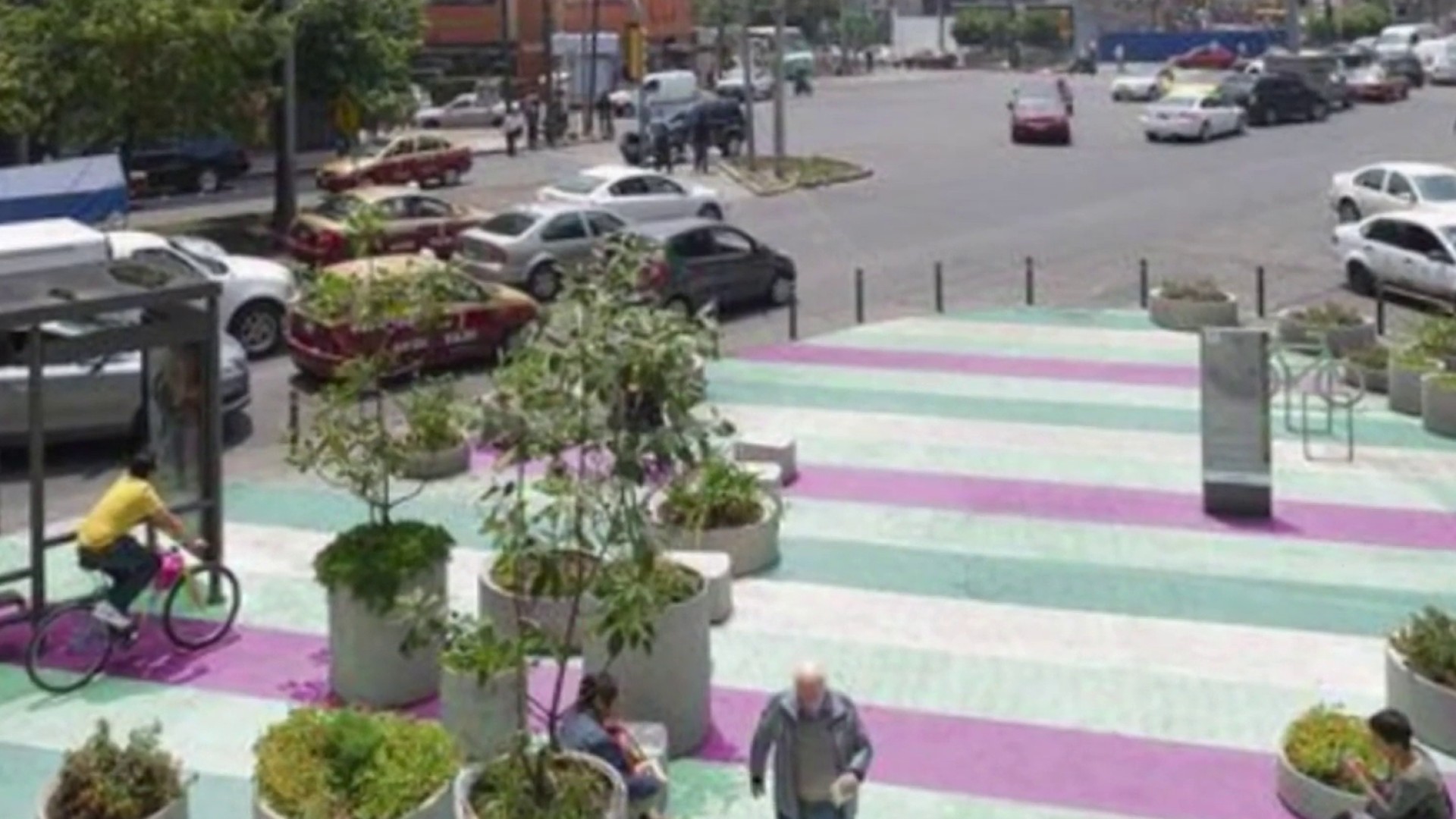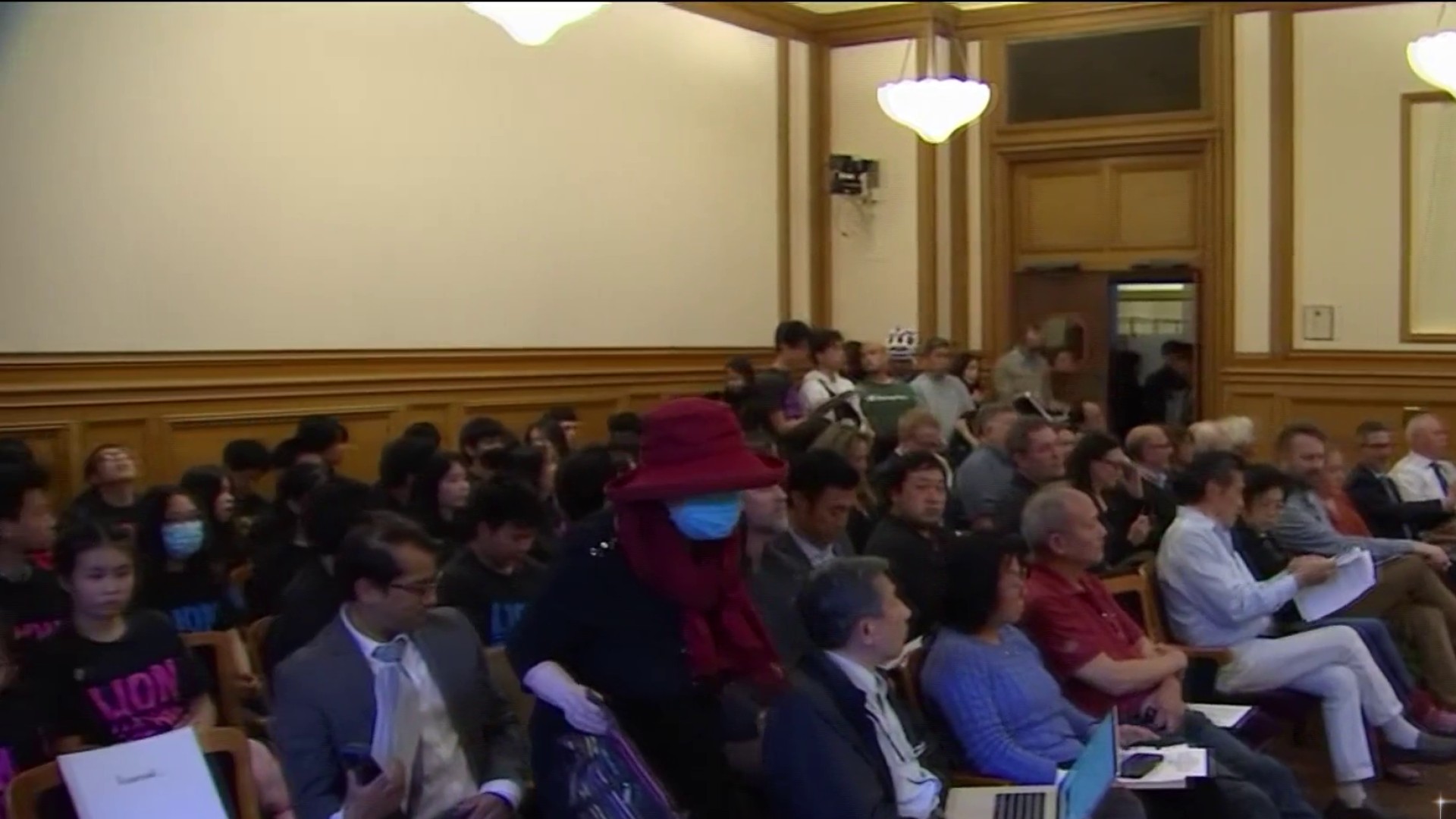Researchers at Northeastern University are shining a light on Uber’s surge prices, illuminating flaws in its functionality and providing a few user tips in the process.
The concept behind surge pricing is simple: when demand is high in a specific location and driver availability is low, passengers must pay extra per fare. The goal of Uber’s surge pricing is to lure drivers to the area with the prospect of higher wages, while also quashing rider demand for brief periods.
But, according to the researchers, that’s not always what happens.
A study analyzed surges and found that these periods of inflated prices most commonly last less than 10 minutes. By the time drivers get to the surge area, it has often already ended, leading some drivers to avoid these red zones altogether, the study indicated.
The study also found that veteran drivers are less likely to be surge chasers than those who have recently started driving with Uber, meaning more experienced drivers might know better than to head into those red zones.
Surge prices “have a strong, negative impact on passenger demand, and a weak, positive impact on car supply,” the study concluded. Other research has found that most Uber drivers are relatively new to the company, which could account for the weak positive impact.
The study also revealed that San Francisco has three times more surges than Manhattan, despite the city having a greater supply of cars and fewer people living within city limits.
Local
To avoid these pricey spots in the Bay Area and other cities, the researchers recommend waiting a few minutes or walking a block or so. They’ve dubbed certain areas “corner cases,” or areas where walking across the street can precipitate a significant price drop, and looking out for those could save users a significant portion of their fare.
The researchers plan on releasing surge maps online, along with quick facts from their study, in the near future.
“Eventually, we’ll have a page about the paper that’s accessible to the public,” said researcher and professor Christo Wilson in a statement to the university's news site. “We are developing surge maps, and will put all of them [online], too.”
Meanwhile, Uber has largely discredited the study’s findings on the efficacy of the surge price system.
“Contrary to the findings in this report—which is based on extremely limited, public data—we’ve seen this work in practice day in day out, in cities all around the world,” said Uber Spokesperson Molly Spaeth in a statement to NPR.



